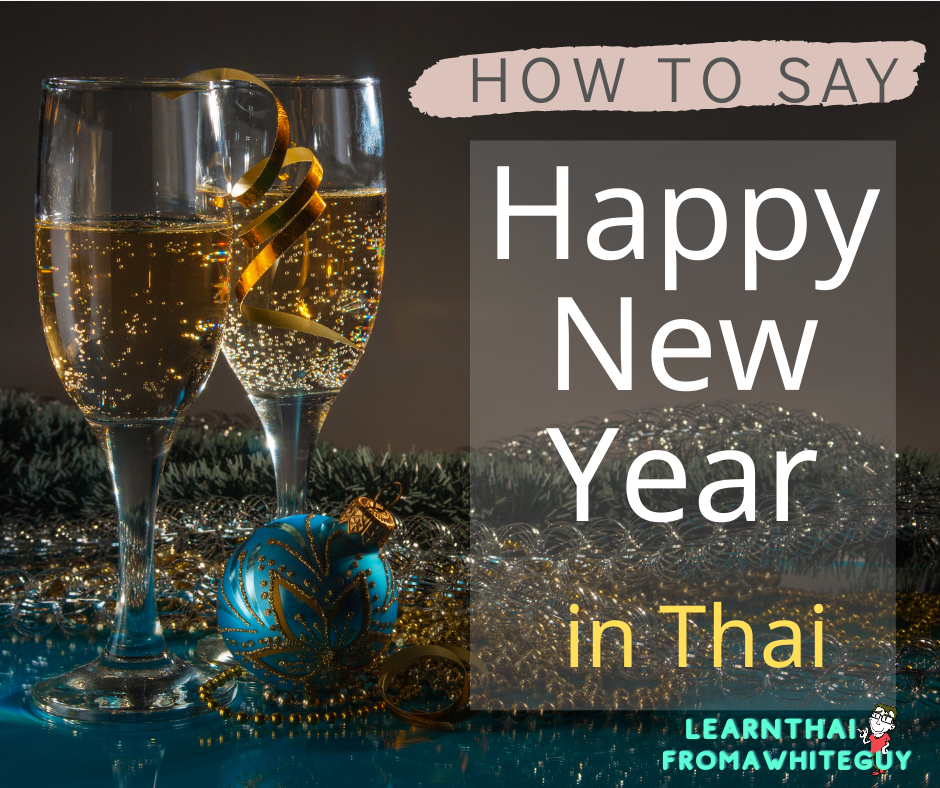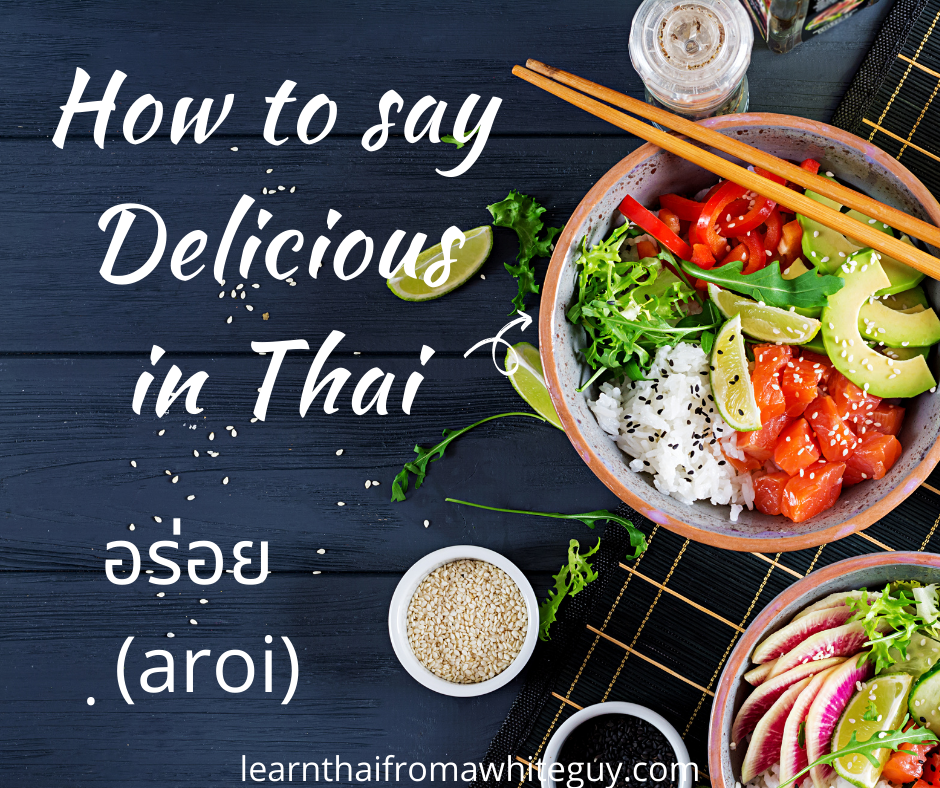Want to know how to tell someone they are handsome in Thai? Just like in English, the word handsome is used when referring to a man and a different word is used to call a woman beautiful (the Thai word for cute is a bit more versatile and can be used for both sexes, animals and more).
In today’s lesson we’re going to teach you how to say handsome in Thai.

หล่อจัง
Handsome in Thai – LAWH ( หล่อ)
If you’re looking for the quick answer. The Thai word for handsome is
- หล่อ (lawh)
This is a handy word to know in Thailand as it’s common to comment on whether a man is handsome or a woman is beautiful.
Thai Culture Tip: When you speak with Thai people you might find that they speak more directly about physical appearance than Westerners are used to – or comfortable with. For example, it’s not uncommon for a Thai person to tell a friend that they look like they’ve put on weight. It’s usually not meant, or taken as an insult.
How To Say “You’re Handsome” in Thai
If you search Google or look in your Thai language phrasebook, it’s likely that you will see “you’re handsome” translated as:
-
คุณหล่อ (khun lawh)
- คุณ (khun) – this can be translated as “you” however, in Thai, using this is generally too formal for most situations and has a feeling of “Mr” or “Mrs.” While saying this isn’t “wrong”, it’s unnatural and we don’t recommend adding the “you.”
Thai people will often refer to each other based on how old the person they are talking to is in relation to them. The Thai language has a built-in friendliness and/or respect so Thais will address family, friends, colleagues and strangers as auntie, older brother, little sister etc based on your relationship with them. The most common pronouns that you will probably hear are พี่ (pii) and น้อง (nawg).
พี่ (pii) – older brother/sister
- You can use this with people who are older than you up to around the age of your parents.
น้อง (nawg) – little brother/sister
- You can use this with anybody who is younger than you although.
So if you want to tell someone who is older than you that they are handsome you can say:
- พี่หล่อมาก (pii lawh maak) –
Thai Grammar Tip:
In the English sentence “he is handsome” or “you are handsome” we need to conjugate the verb “to be”. However, in the Thai version of this sentence the verb “to be” is not used so we just say “he handsome” or when talking directly to someone, you’d just say “ handsome”.
Here are some other sentences where the verb “to be” is not used:
- อันนี้แพง (an nii paeng) – this is expensive (literally: this item expensive)
- รองเท้าคู่นี้น่ารักจัง (rong tao kuu nii naa-rak jang) – These shoes are cute (literally: shoes this pair so cute)
- กาแฟที่นี้อร่อย (gaa-fae tii nii aroy) – The coffee here is delicious! (literally: coffee this place delicious)
- วันนี้อากาศร้อน (wan nii aagaad rawhn) – Today the weather is hot (literally: today weather hot)
How To Say “He’s Handsome”
If you’re talking with your Thai friend and you’re telling them about the handsome guy from work, you might want to say the phrase “he’s handsome” in Thai. In order to say this, you need to use the word เขา (khao) – “he” (also used for “she”). The official spelling of this word would give it a rising tone but when spoken in everyday Thai sentences it is usually pronounced with a high tone เค้า (khao). Because of this, you’ll often see the colloquial spelling when you encounter this word on the internet, chat and social media.
- เค้าหล่อมาก (khao lawh maak) – He’s so handsome!
Or if you see a handsome guy while you’re at the bar you can point to him and tell your friend:
- คนนั้นหล่อ (kon nan lawh) – that guy is handsome!
Very Handsome! in Thai
If you’ve seen a really attractive guy and you want to add emphasis then you can add one of these words to your sentence:
-
หล่อจัง (lawh jang) – really handsome
- จัง (jang) – really
-
หล่อมาก (lawh maak) very handsome
- มาก (maak) – very
-
หล่อมากๆ เลย (lawh maak maak leoi) So very very handsome!
- มากๆ (maak maak) – the little ๆ symbol is a placed after a word to indicate a word should be repeated. มาก = maak; มากๆ = maak maak.
- เลย (loei) – there is no direct translation for this particle word in English but it often acts as an intensifier to the feeling behind the word it is modifying. It can have a feeling of “absolutely” or “completely.”
Example Handsome Sentences
- เค้ามากับผู้ชายหล่อ (khao maa gap puu-chai lawh) – She came with a handsome guy
- แฟนของเค้าหล่อมาก (faen kong khao lawh maak) – Her boyfriend is so handsome
- คนนั้นหล่อที่สุด (kon nan lawh tii sud) – That guy is the most handsome
Bonus: Impress Your Boyfriend
You can show your love for your significant other by referring to them with this very sweet phrase:
- สุดหล่อของฉัน (sud lawh kong chan) – My handsome man
Conclusion – Go Tell People They are Handsome
Now that you know how to say handsome in Thai, you can run out and start telling every guy you see that they are หล่อ (lawh).
Looking for more content like this? Try some of these other basic Thai posts:





